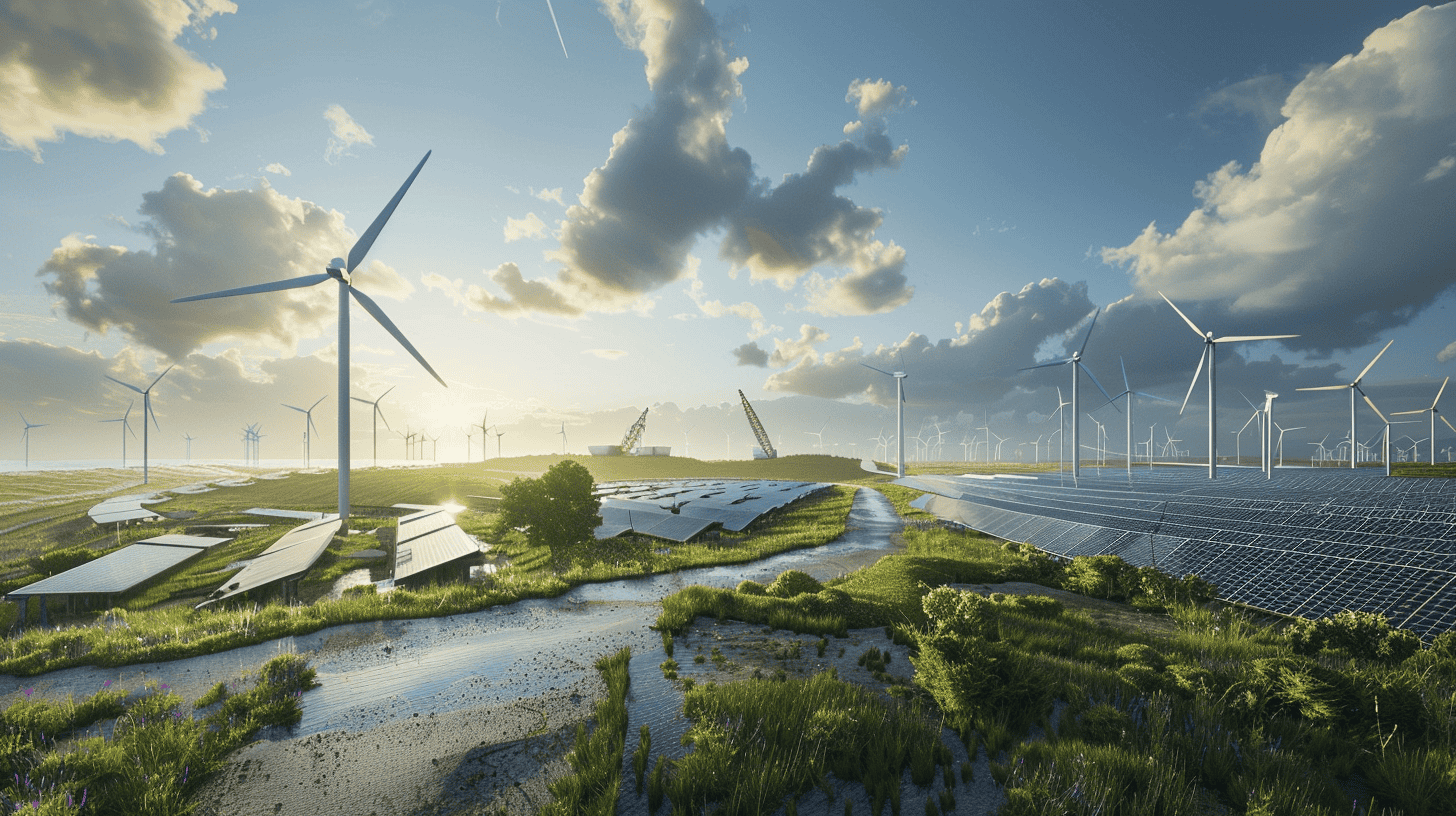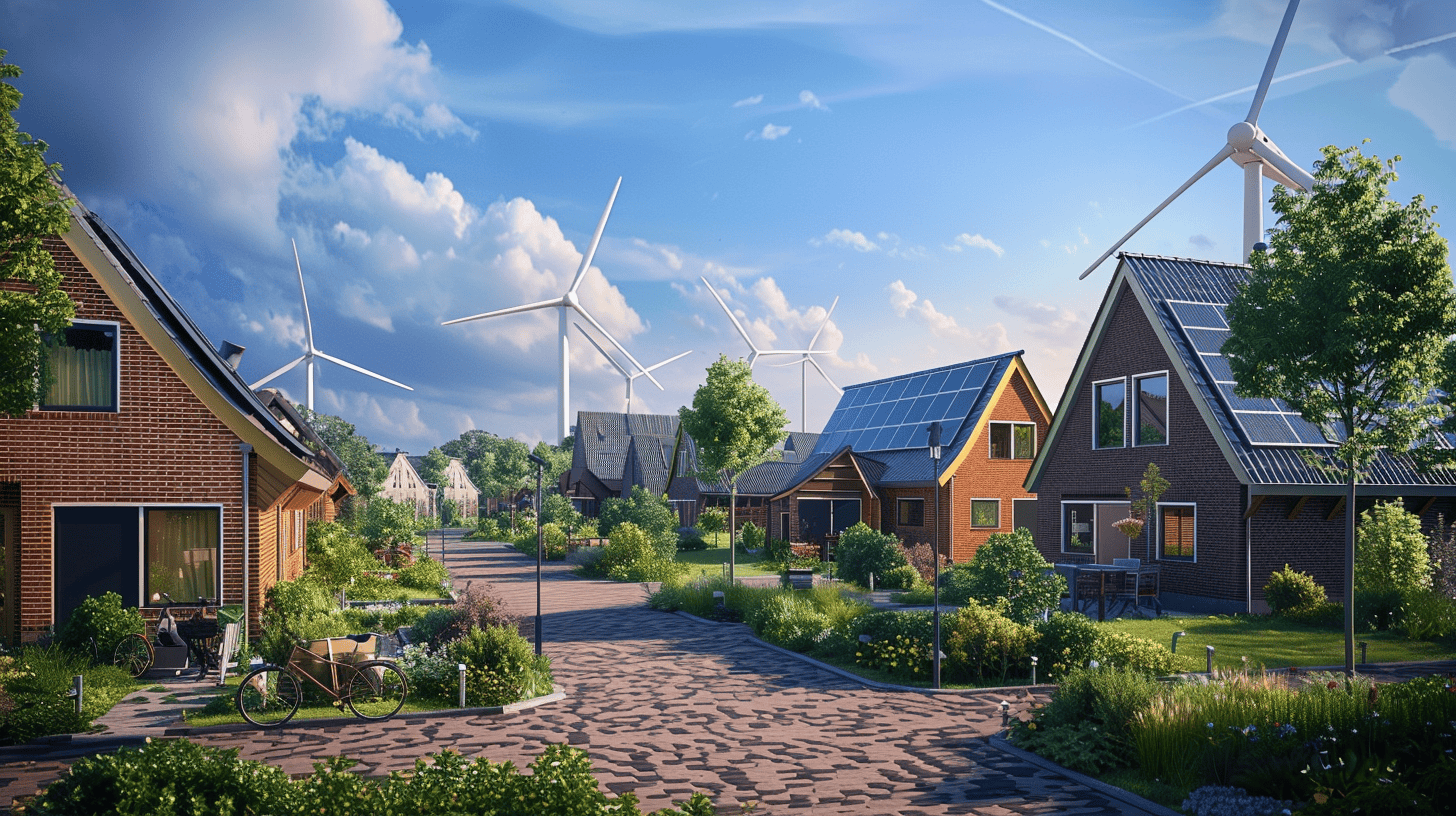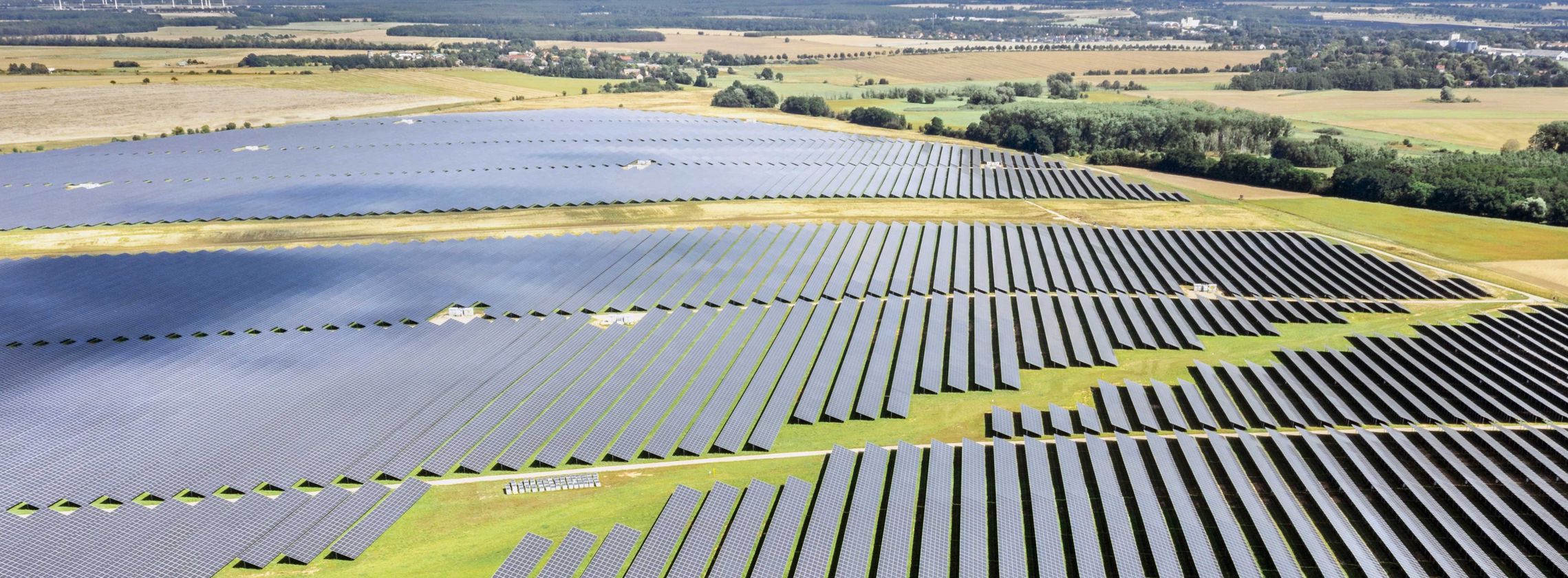
In a historic shift, wind and solar energy have outpaced fossil fuels in EU electricity generation for the first time. A report by energy think tank Ember shows that during the first half of 2024, renewables produced 30% of the EU’s electricity, surpassing fossil fuels at 27%. This milestone marks a significant step towards the EU’s climate goals, with power sector emissions plummeting by 31% compared to 2022 levels.
Why this is important:
For the first time, wind and solar energy have surpassed fossil fuels in electricity generation in the EU. This represents a significant shift in the energy landscape, indicating a successful transition towards renewable energy sources.
The transition is driven by rapid growth in wind and solar capacity, coupled with a sharp decline in coal and gas usage. Despite a slight rebound in electricity demand, the EU’s energy landscape is transforming at an unprecedented rate.
Decline in fossil fuel generation
The reduction in fossil fuel use has been a crucial factor in lowering the EU’s overall emissions. Fossil fuel generation in the EU decreased by 17% compared to the first half of 2023. In particular coal generation experienced a significant drop of 24%, while gas generation fell by 14%. These declines were particularly notable in major EU countries such as Italy, Spain, and France.
The reduction in fossil fuel generation has had a profound impact on the EU’s emissions. In the first half of 2024, emissions were 31% lower than in the same period of 2022. This represents a significant achievement in the EU’s efforts to combat climate change.

Electricity demand and renewable growth
Despite a small increase of 0.7% in electricity demand, the growth in renewable energy capacity has kept pace. The decrease in emissions is therefore not only attributed to the decline in fossil fuel usage but also to the increased adoption of renewable energy sources. Solar generation rose by 20%, or 23 TWh, and wind generation increased by 9.5%, or 21 TWh, compared to the first half of 2023. This growth in renewable capacity has been instrumental in meeting the rising electricity demand while reducing reliance on fossil fuels.
The EU’s progress in renewable energy adoption has been supported by robust policy measures. However, experts at Ember highlight the need for continued policy action to sustain this growth. The International Energy Agency (IEA) projects that EU electricity demand will increase by 2.3% per year from 2024 to 2026. Meeting this demand with renewable energy will require ongoing investment and policy support to overcome challenges such as grid capacity constraints and market barriers.





